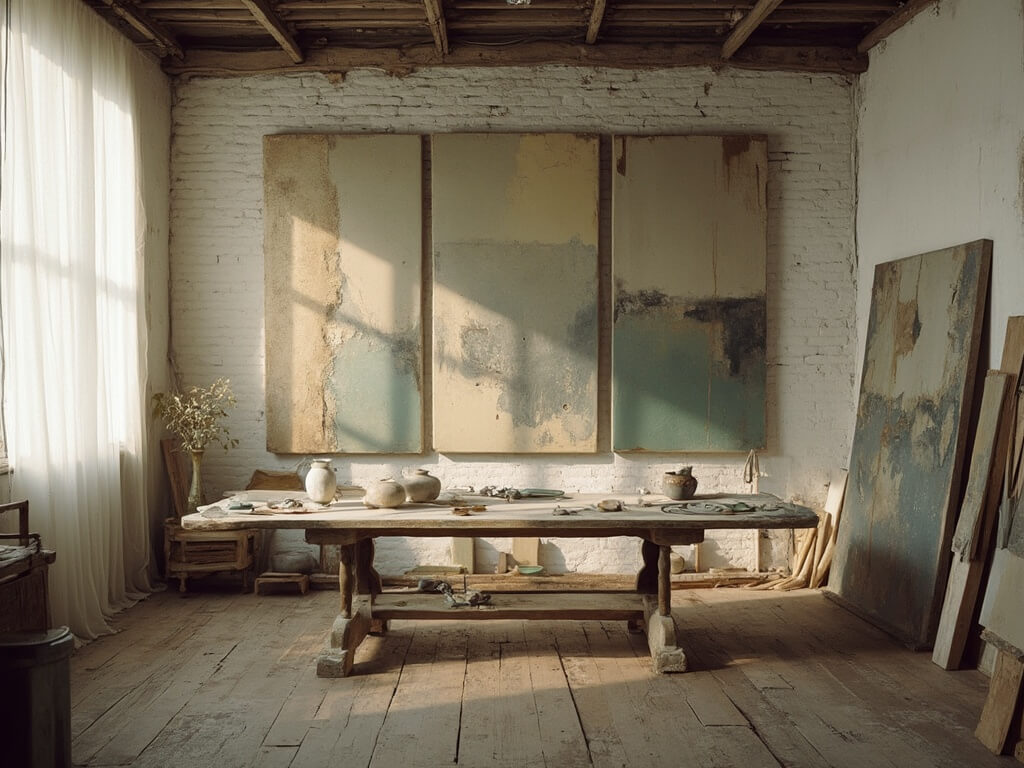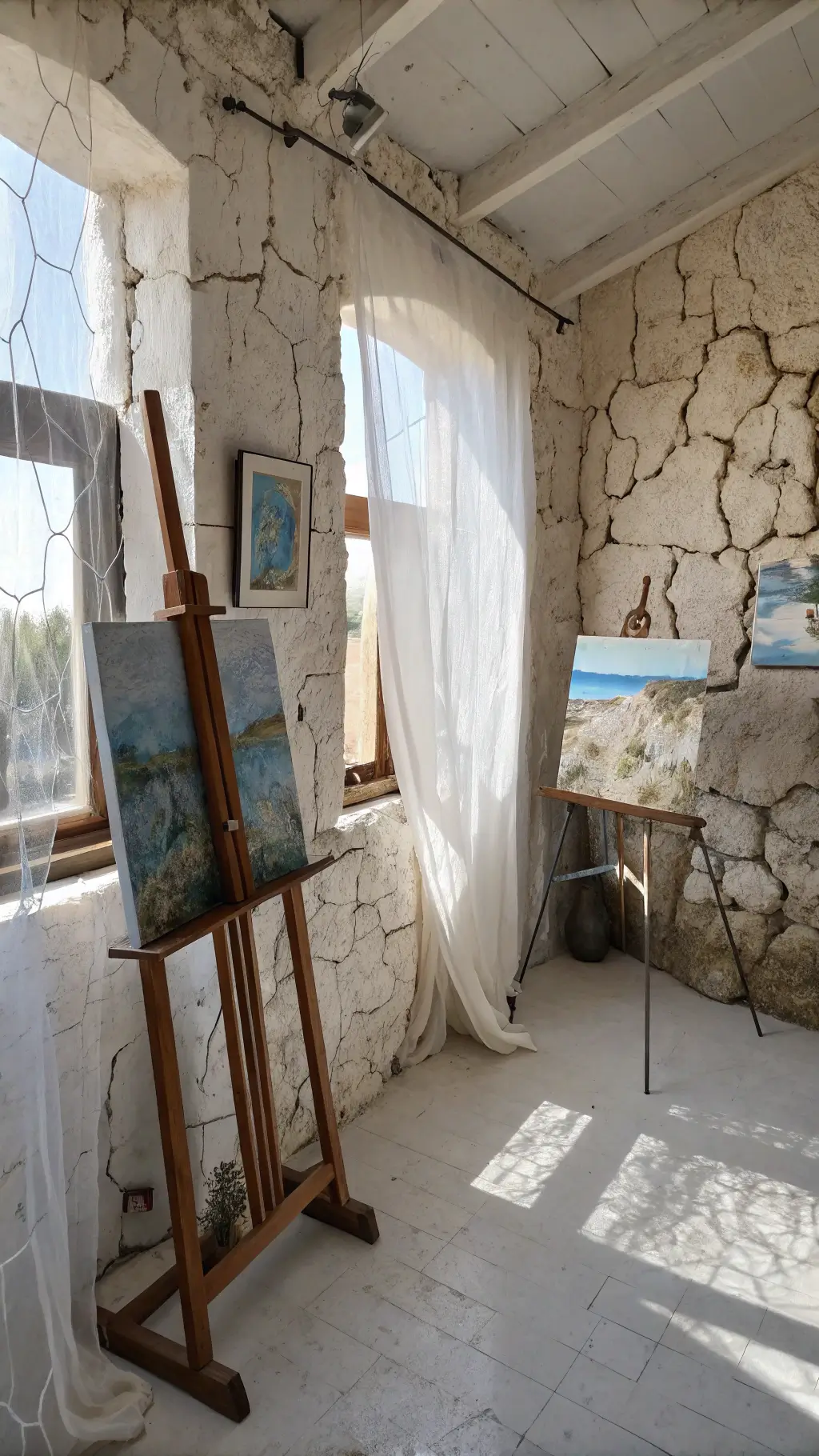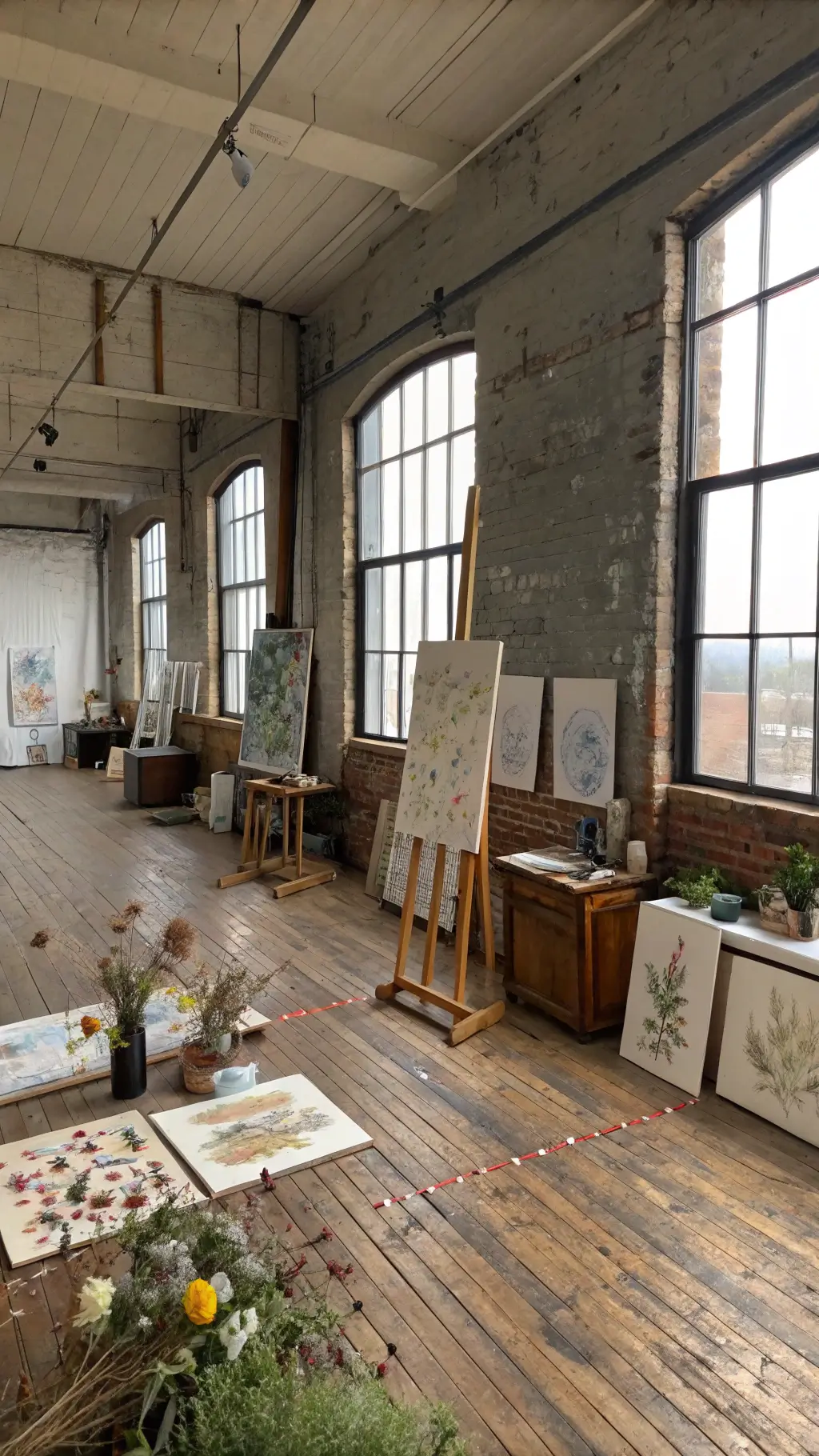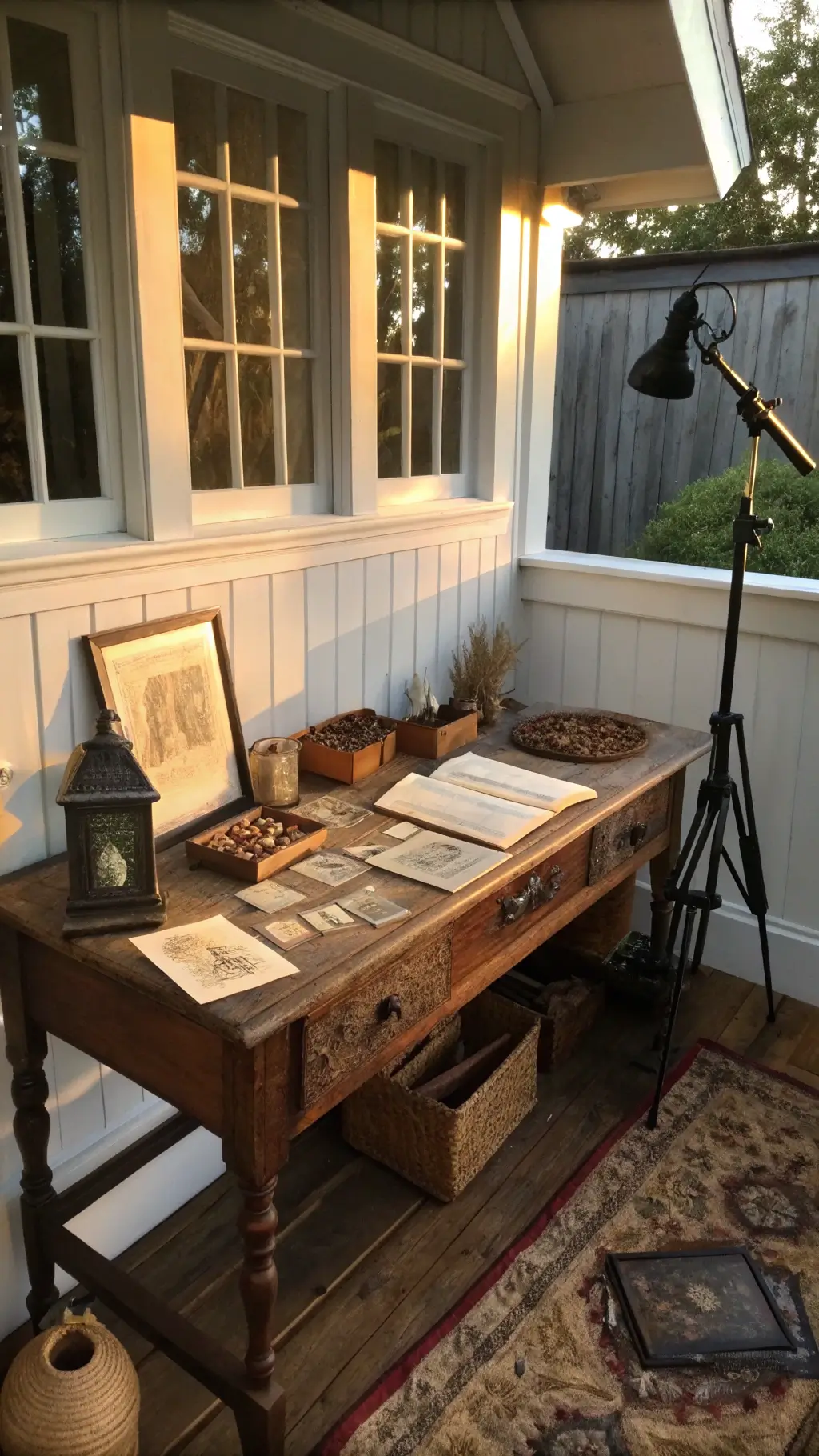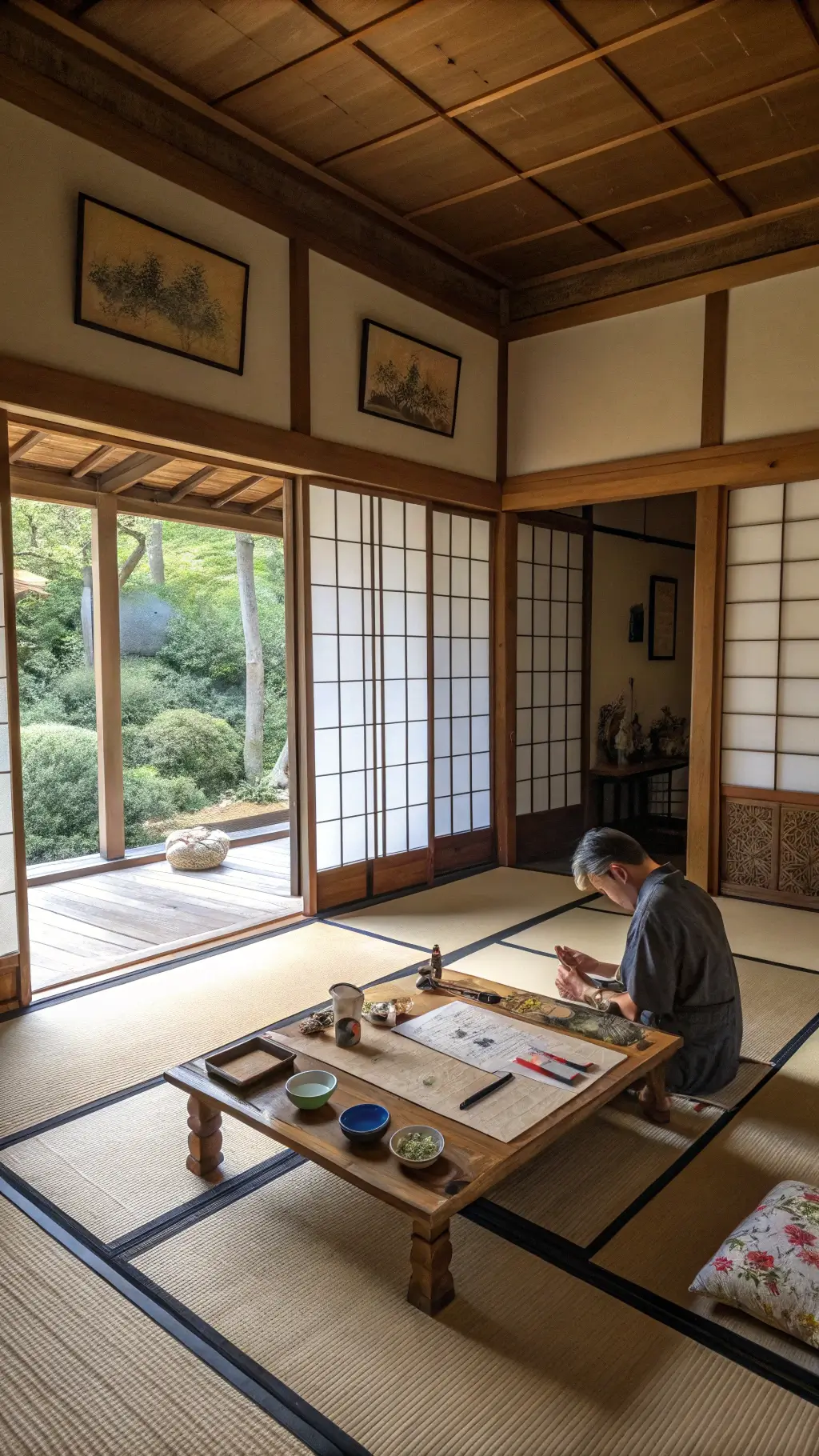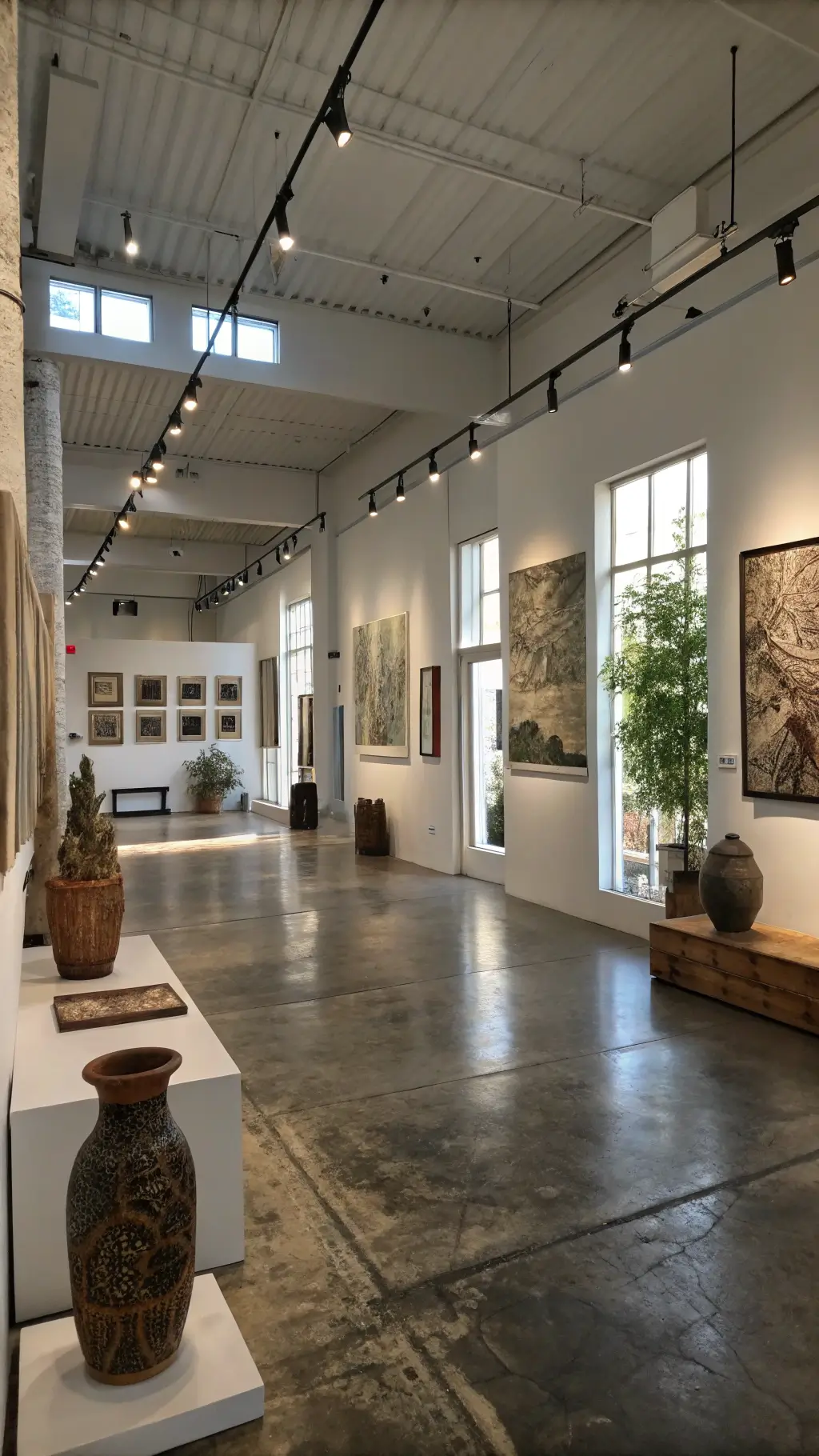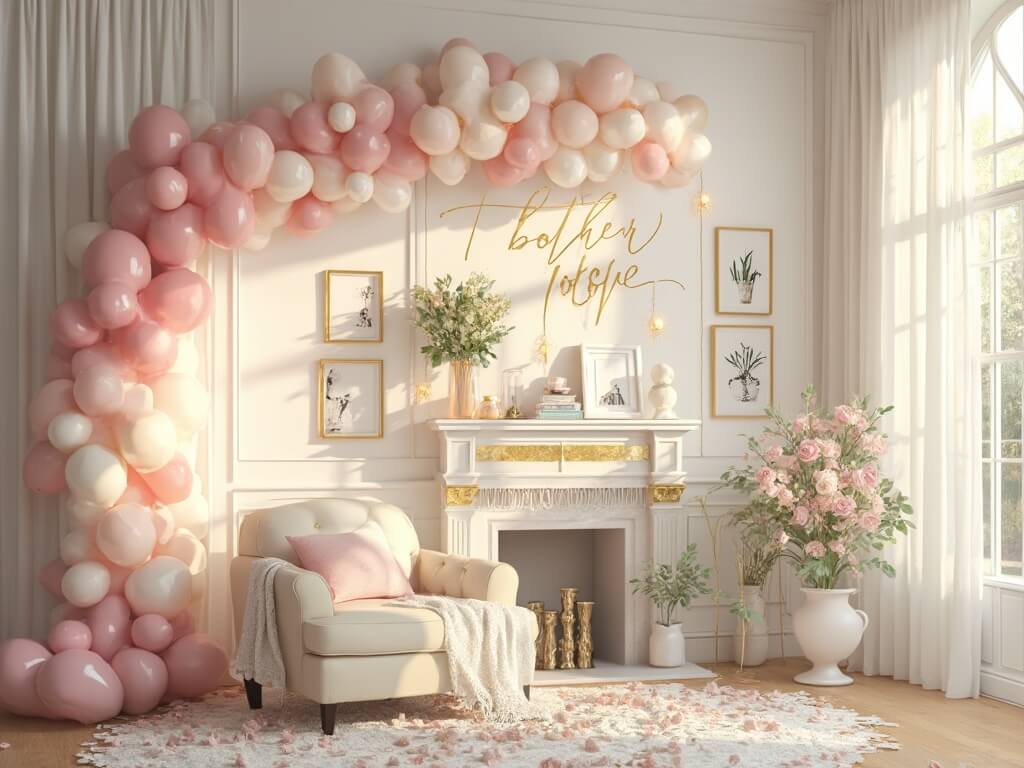Wabi-Sabi Painting: Embracing Imperfection in Art
Imagine creating art that breathes with raw emotion, where every crack, brushstroke, and unintended mark tells a story of beauty beyond perfection. Wabi-sabi painting isn’t just an art technique—it’s a philosophy of seeing beauty in the broken, the aged, and the wonderfully imperfect.
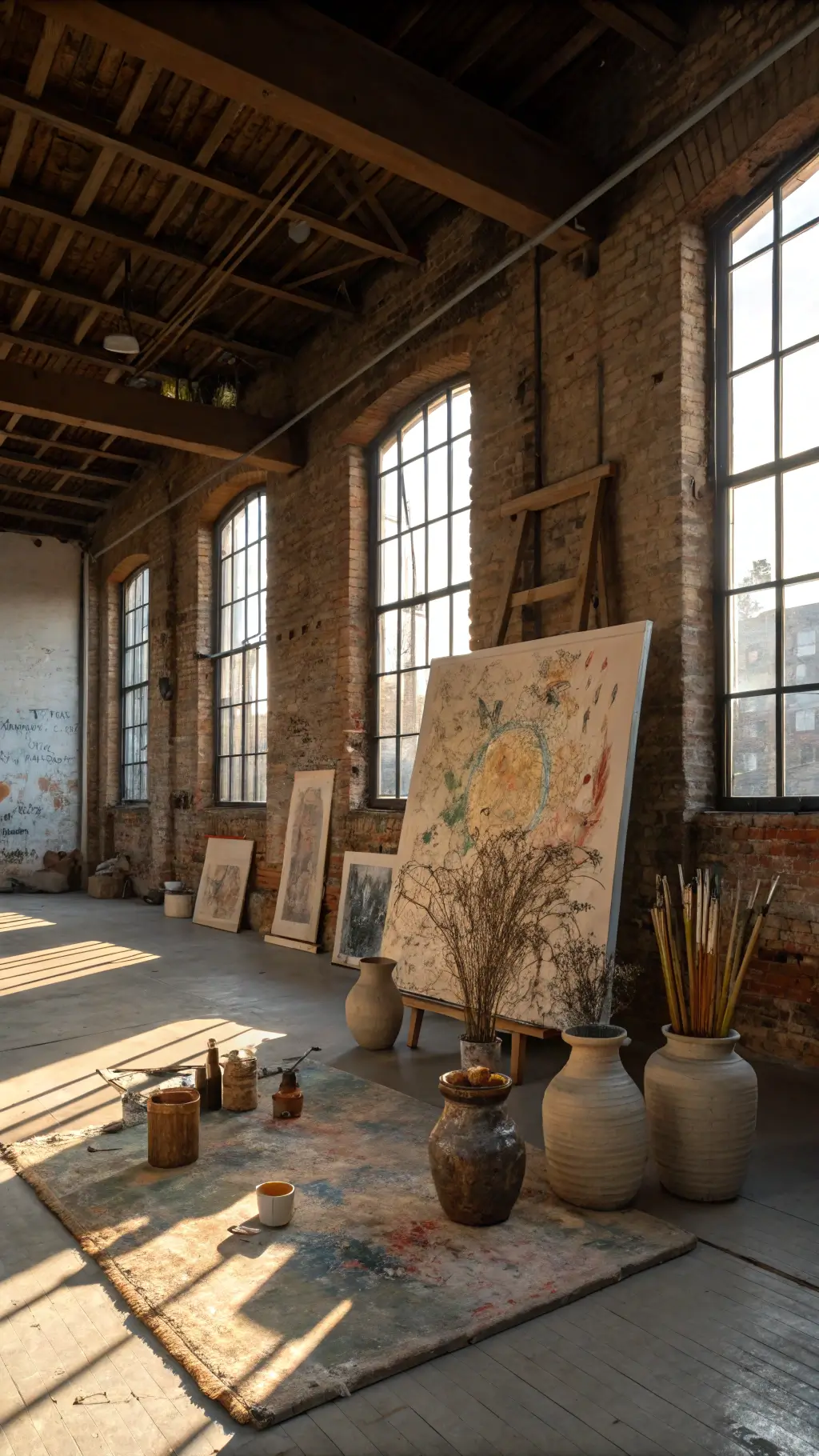
Why Wabi-Sabi Matters in Art
I’ve spent years chasing perfect lines and flawless compositions, only to realize that true artistic magic happens when you let go. Wabi-sabi is about:
- Celebrating Imperfection: Every “mistake” is a unique story
- Embracing Natural Decay: Beauty exists in weathered surfaces
- Finding Poetry in Simplicity: Less is truly more
Core Principles of Wabi-Sabi Painting
1. Abandon Perfection
Forget everything you know about precise brushwork. In wabi-sabi:
- Uneven lines are welcome
- Asymmetry creates intrigue
- Rough edges tell a deeper narrative
2. Color Palette: Whispers of Nature
Choose colors that feel like a quiet morning:
- Soft earth browns
- Muted sage greens
- Gentle slate blues
- Weathered clay tones
Painting Techniques That Embody Wabi-Sabi
Minimalist Abstract Approach
- Use soft, overlapping color washes
- Leave intentional negative spaces
- Allow unexpected drips and streaks
Textured Surface Magic
- Mix acrylic with texture mediums
- Press natural objects into wet paint
- Embrace visible cracks and uneven layers
Materials That Speak Softly
Recommended supplies:
- Acrylic paints
- Texture gels
- Natural objects (leaves, sand)
- Handmade papers
- Palette knives
Step-by-Step Wabi-Sabi Painting Process
- Prepare Your Canvas
- Choose a neutral, slightly rough surface
- Mix modeling paste with white paint
- Apply unevenly, creating natural texture
- Layer with Intention
- Use soft, translucent color washes
- Don’t blend too perfectly
- Let colors interact organically
- Add Organic Elements
- Press small stones into wet paint
- Sprinkle sand in corners
- Let natural materials become part of the artwork
Common Mistakes to Avoid
- Over-Controlling: Let the painting evolve
- Chasing Perfection: Embrace unexpected results
- Forcing Technique: Stay intuitive and fluid
Inspiration Sources
Look to:
- Japanese zen gardens
- Weathered architectural surfaces
- Natural landscape transitions
- Aged ceramics and textiles
Pro Tips from My Journey
- Meditate before painting
- Work slowly and mindfully
- See beauty in impermanence
- Trust your intuitive process
Final Thoughts
Wabi-sabi painting is a conversation between you, your materials, and the universe’s beautiful imperfections. It’s not about creating a perfect image, but capturing a moment’s essence.
Your art doesn’t need to be flawless—it needs to be real.

